A few days ago, the world lost one of its most treasured scientists, Stephen Hawking.
In honour of his achievements and in memory of his life, we at Star Name Registry have decided to do mini biography of the man.
Early Life
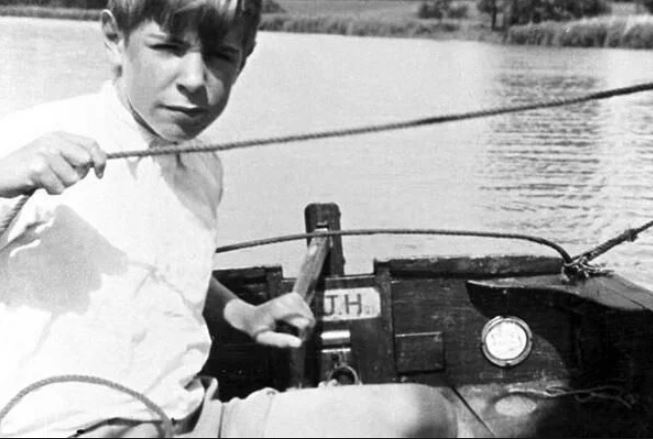
Hawking was born on the 8th of January 1942 during the height of World War 2. He was the eldest of Frank and Isobel Hawking, whom were both Oxford Graduates. The Hawking’s would go on to have two other children, Mary (1943) and Philippa (1947). And their second son, Edward, was adopted in 1956.
Initially Frank Hawking has ambitions for his son to follow in his footsteps and study medicine, yet as Stephen grew up he showed he had a passion for mathematics and the sky.
University
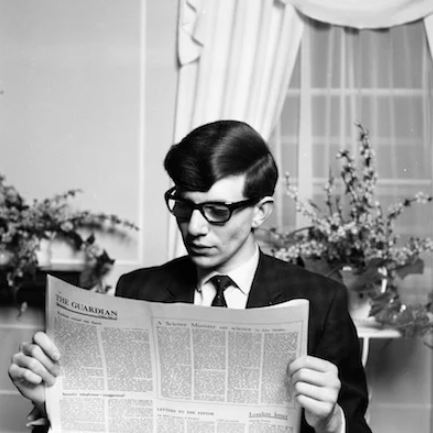
At the age of 17, he entered University College at Oxford University on a scholarship studying a Bachelor’s in physics and cosmology. When he graduated from Oxford however, he would move on to Trinity Hall at Cambridge University where he subsequently earned his Masters and PHD.
By Hawking’s own admission before his diagnosis he was not the best of students, putting in just one hour a day – yet it’s probably a testament to his own brilliance that with relatively little effort he was still able to get through the complexities of physics fairly easily.
Diagnosis

The first signs of his failing health began while he was still studying for his BA at Oxford. At random intervals he was prone to tripping over and slurring his words. It wouldn’t be until he was in first year in Cambridge, in 1963 that he would seek medical help to investigate the issues surrounding his health.
After dozens of gruelling tests, and at only 21 years old, he would be diagnosed with Amyotrophic lateral sclerosis (ALS). Putting it in very simple terms – the nerves that controlled his muscles were shutting down. He was given just two and a half years to live.
Major Discoveries
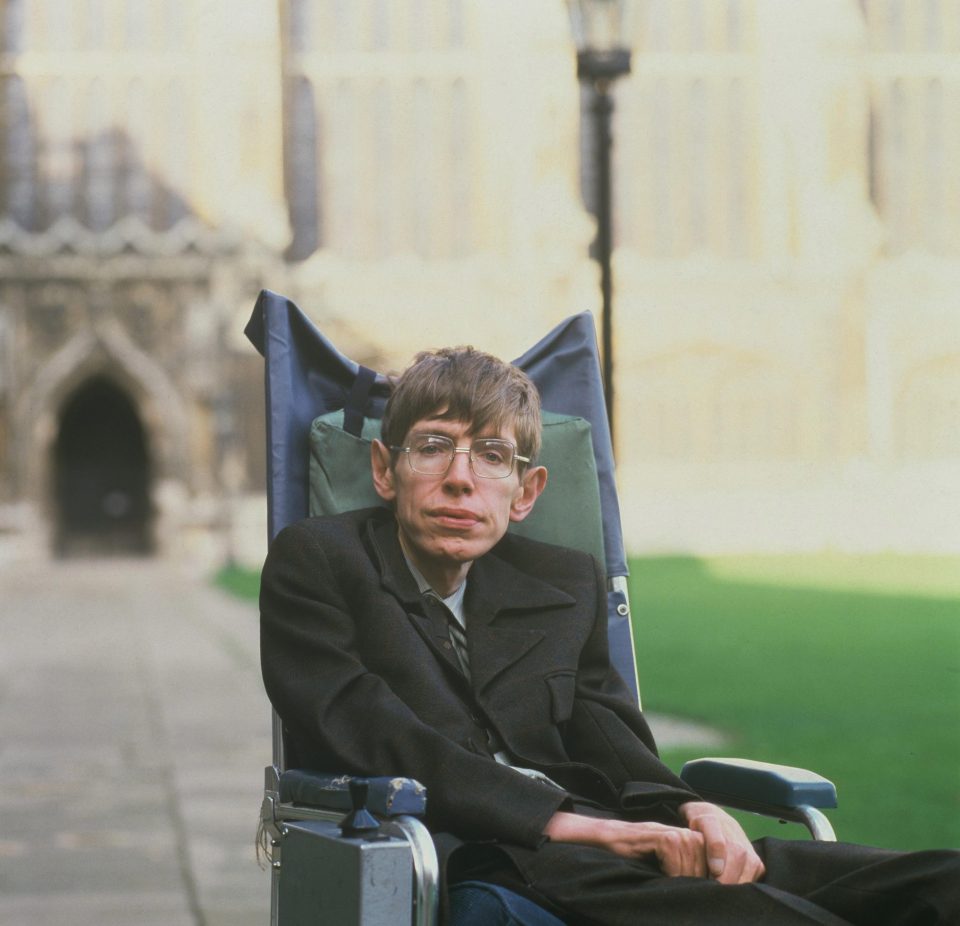
Regardless of his condition and the limited time he was given, Hawking was determined to finish his PHD and poured himself into his work and research. He dedication paid off as he made some of the most significant discoveries of modern science.
Hawking’s work made several big scientific advancements:
1 – He had managed to develop a mathematical proof for black holes.
2- He realised that black holes can emit radiation, which eventually leads them to evaporate. The theory has subsequently become known as Hawking Radiation.
4 – He redefined and solidified the Big Bang Theory as well as adding to Einstein’s Theory of General Relativity.
5 – He proved the universe has no boundaries.
Such discoveries and refinements especially around how Black Holes work, made him famous in the 1970’s. At 32 years old he became a fellow of the Royal Society, the oldest national scientific institution in the world. This was a significant achievement for him as he was still relatively young at the time. He would later earn the prestigious Albert Einstein Award. These accolades, along with the importance of his work would propel him into celebrity beyond the scientific world.
The Iconic Voice
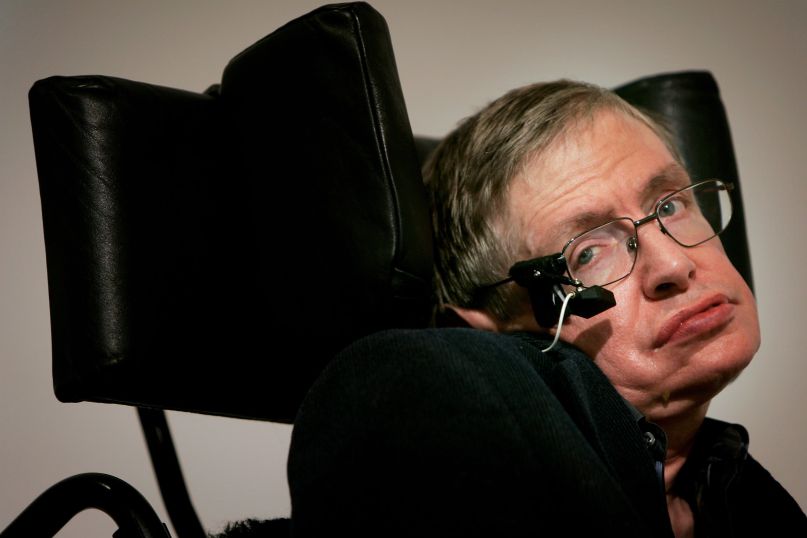
As Hawking’s became firmly established physical control over his body diminished. By 1969 he was forced to travel via wheelchair – but the negative effects of his disease started began to slow down.
In order to assist Hawking with his work, one of his graduate students was living with him and his family as he required assistance for most is his day to day activities. During this time, his speech had become increasingly slurred and by 1985 he lost his voice permanently following a lifesaving tracheotomy.
However, help was at hand from a Californian computer programmer, who had developed a speaking program that could be directed by head or eye movement. This allowed Hawking to select words on a computer screen that were then passed through a speech synthesizer – giving Hawking that iconic American voice we’re all familiar with.
At first, Hawking could still had use of his fingers to select the words he wanted to say, though eventually as his muscles continued to deteriorate Hawking directed the program through a cheek muscle attached to a sensor.
Science for the Public
Throughout his career, Hawking was a great advocate for bringing an appreciation of science to the public. His book in 1988, A Brief History of Time was a non-technical summary of the acquired knowledge of cosmology intended for the layman. It was a huge success, selling 25 Million Copies worldwide and being translated into 40 languages.
He would follow on with other works such as, The Universe in a Nutshell, A Briefer History of Time, and The Grand Design. Much like David Attenborough he would become a treasured science communicator in the eyes of the public.
He appeared in many TV Shows – cementing his image and the importance of his work in the public consciousness. His most notable appearance being Star Trek The Next Generation, The Simpsons and the Big Bang Theory!
Rumour has it that Between filming of the Star Trek clip the crew took Hawking on a tour of the various sets. On the engineering set he stopped next to the warp core engine, smiled and said “I’m working on that!”
It’s no doubt his work that reignited the public’s thirst for science and the cosmos – and he remained passionate in his desire to bring science.
A New Millennium
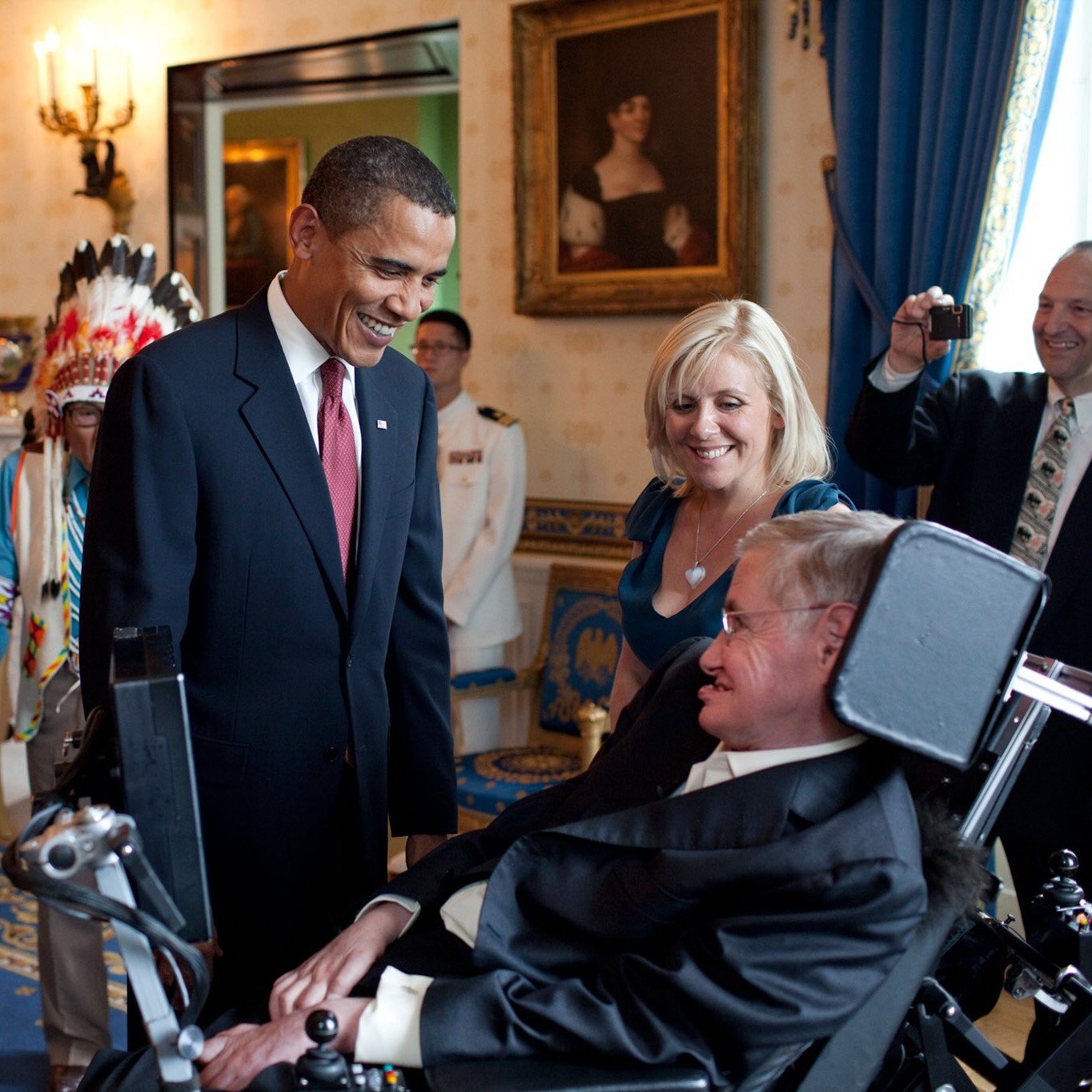
By the time the Millennium rolled in Hawking’s legacy was firmly established. Yet his curiosity continued and he moved forward pushing the boundaries of science. However, by the year 2000 many of his ideas were over 30 years old. As brilliant as Hawking was, scientists were beginning to realise wasn’t always correct some of his theories and observations.
By 2003, consensus was reached among physicists that Hawking was wrong about the loss of information in a black hole. At a 2004 lecture in Dublin, he conceded this point – though he came up with a fix that the information simply ended up in a parallel universe. To this day, his fix remains unproven.
He also had a mild feud with fellow scientist Peter Higgs – the man who theorised the existence of the Higgs Boson, better known as the God Particle. Hawking had argued passionately that the elusive particle would never be found. It’s proposed existence seemed too convenient in resolving some of the contradictions in particle physics. However in 2012 CERN, using the large Hadron Collider ,discovered the existence of the particle and Hawking conceded that he was indeed incorrect.
Later Years
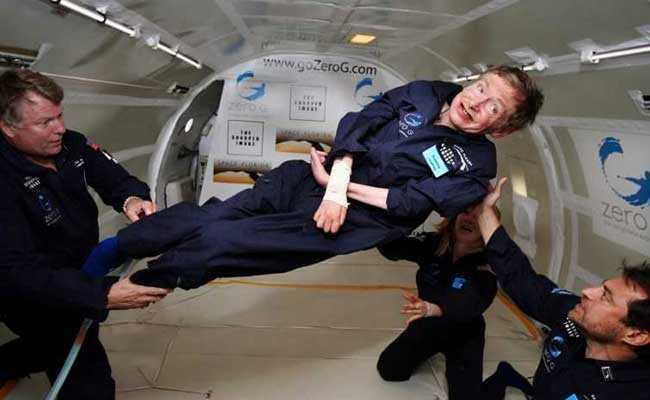
2007 would be a memorable year for Hawking as he would complete his lifelong dream of experiencing zero gravity.
In 2009, Hawking famously threw a party open to all – but he didn’t send the invitations until after the party was over. So that only time-travellers would know to attend; as expected, nobody showed up – humorously proving Hawking correct in regard to time travel to the past being impossible.
Despite both his age and his medical needs he still travelled all over the world. Though by 2011 he no longer used airline companies and travelled exclusively by Private Jet.
In 2014 Hawking was the subject of the film ‘The Theory of Everything’ where he was played by Eddie Redmayne. The story focused on Hawking’s relationship with both of his first and second wife, as well as his children during the period where his disease slowly progressed.
While some felt the film inaccurately represented Hawking’s life, it was well received by both Critics and the public and Redmayne’s performance won him the Best Actor Oscar.
Death
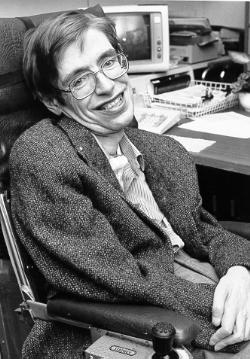
Refusing to retire, Hawking continued to work. Making public appearances right up to the end of 2017.
However, on March 14, 2018, Hawking passed away peacefully at his home in Cambridge. He leaves behind once of the greatest legacies in science and in popular culture as well.
At Star Name Registry, we remain big fans of his. While much of what he spoke of was complex and intricate
Let us know what Stephen Hawking meant to you! You can let us know on Twitter, Facebook and Instagram!
